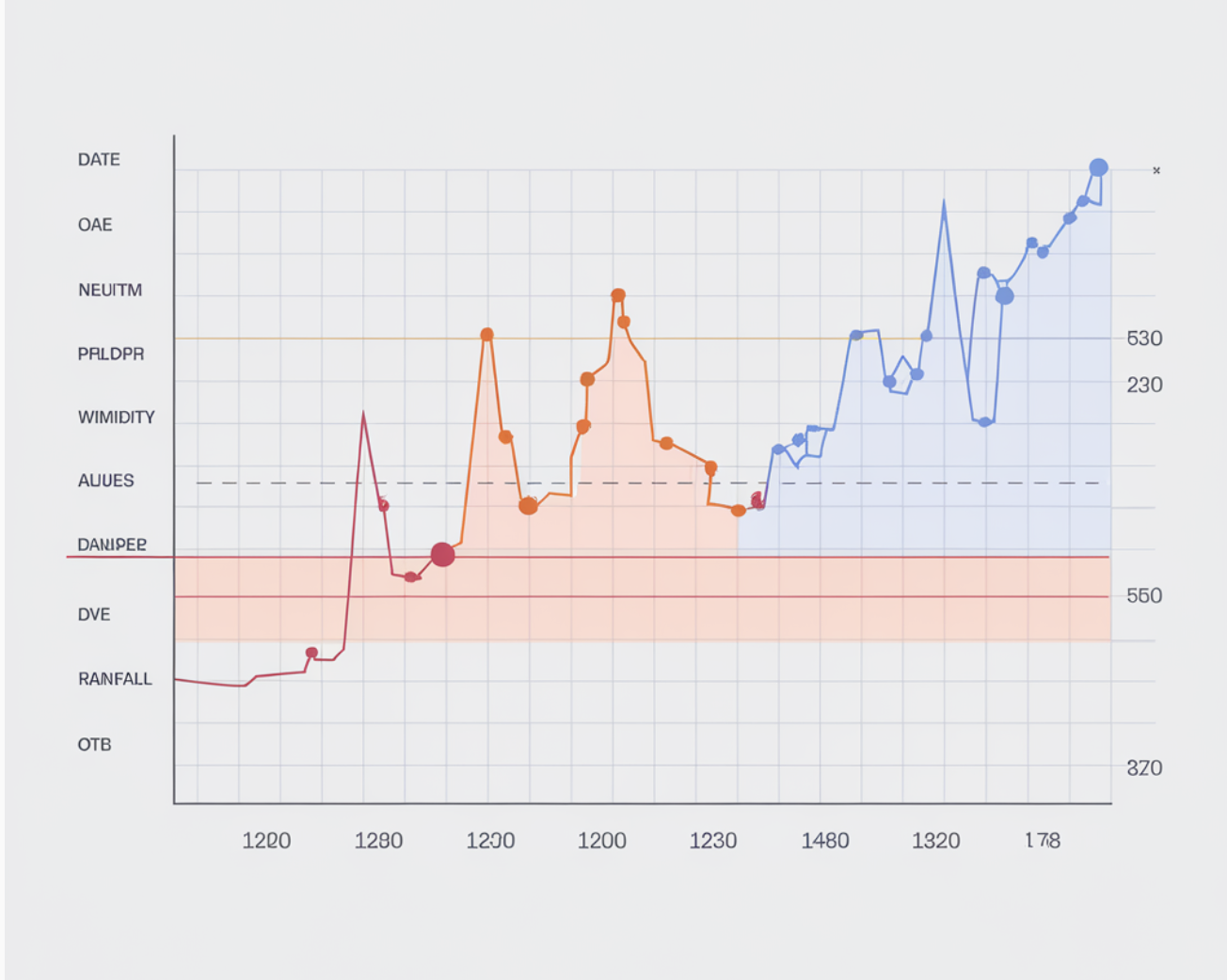

Python has become the go-to language for data analysis due to its elegant syntax, rich ecosystem, and abundance of powerful libraries. Data scientists and analysts leverage Python to perform tasks ranging from data wrangling to machine learning and data visualization. This article explores the top 10 Python libraries that are essential for data analysis, providing tools for efficient data exploration, manipulation, visualization, and model development.
1. NumPy
NumPy is the cornerstone of numerical computing in Python. It provides efficient array operations, linear algebra functions, and random number generation capabilities. Its core data structure, the NumPy array, is optimized for numerical computations, making it significantly faster than Python’s built-in lists. NumPy is widely used for tasks like data manipulation, statistical analysis, and machine learning. NumPy is widely used for tasks like:
- Data manipulation and analysis
- Statistical analysis
- Machine learning
- Scientific computing
- Image and signal processing
2. Pandas
Pandas is a powerful library for data manipulation and analysis. It builds upon NumPy, providing high-performance data structures like Series and DataFrame. Pandas simplifies tasks like data cleaning, filtering, grouping, and merging. It’s particularly useful for handling tabular data, time series analysis, and exploratory data analysis. Pandas simplifies tasks like:
- Data cleaning and preprocessing
- Data filtering and selection
- Data aggregation and grouping
- Data merging and joining
- Time series analysis
- Exploratory data analysis
3. Matplotlib
Matplotlib is a versatile plotting library that allows you to create a wide range of static, animated, and interactive visualizations. It provides a flexible API to customize plots, making it suitable for both basic and complex visualizations. Matplotlib is often used for data exploration, hypothesis testing, and presenting findings. Matplotlib is often used for:
- Data exploration
- Hypothesis testing
- Presenting findings
- Creating custom visualizations
- Interactive data exploration
4. Seaborn
Seaborn is a statistical data visualization library built on top of Matplotlib. It provides a high-level interface for creating informative and visually appealing statistical graphics. Seaborn simplifies the process of creating complex visualizations like heatmaps, scatter plots, and time series plots, making it a popular choice for exploratory data analysis and data storytelling. Seaborn simplifies the process of creating complex visualizations like:
- Heatmaps
- Scatter plots
- Time series plots
- Distribution plots
- Categorical plots
5. Scikit-learn
Scikit-learn provides a user-friendly interface and efficient implementations of various machine learning techniques. Scikit-learn is widely used for building predictive models, feature engineering, and model evaluation. Its comprehensive machine learning library offers a wide range of algorithms for:
- Classification
- Regression
- Clustering
- Dimensionality reduction
- Model selection and evaluation
6. TensorFlow
TensorFlow is an open-source machine learning framework developed by Google. It’s particularly well-suited for deep learning applications, but it can also be used for traditional machine learning tasks. TensorFlow offers a flexible and scalable platform for building and training complex neural networks. TensorFlow offers a flexible and scalable platform for:
- Building and training complex neural networks
- Deploying machine learning models
- Natural language processing
- Computer vision
- Reinforcement learning
7. PyTorch
PyTorch is another popular deep learning framework known for its dynamic computational graph and ease of use. It’s often preferred for research and prototyping due to its flexibility and Pythonic interface. PyTorch is widely used in natural language processing, computer vision, and reinforcement learning. PyTorch is widely used in:
- Natural language processing
- Computer vision
- Reinforcement learning
8. Statsmodels
Statsmodels is a statistical modeling library that provides a wide range of statistical tests, hypothesis testing, and statistical model fitting. It’s used for tasks like:
- Time series analysis
- Regression analysis
- Econometrics
- Statistical inference
Statsmodels complements NumPy and Pandas, providing a comprehensive toolkit for statistical analysis.
9. Plotly
Plotly is an interactive visualization library that allows you to create dynamic and engaging visualizations. It supports a variety of plot types, including:
- Line charts
- Scatter plots
- Bar charts
- 3D plots
- Maps
Plotly visualizations can be easily embedded in web applications and dashboards, making it a powerful tool for data exploration and communication.
10. Dask
Dask is a parallel computing library that can scale Python code to run on multiple cores or machines. It’s particularly useful for handling large datasets that don’t fit into memory. Dask can be used with NumPy, Pandas, and Scikit-learn to parallelize computations and accelerate data analysis tasks. Dask is perfect for:
- Parallel computing
- Large data handling
- Integration with popular libraries
- Flexible data structures
Conclusion
Python’s extensive library ecosystem has made it an indispensable tool for data analysis, offering versatile and powerful libraries for every stage of the data workflow. Whether you’re cleaning data, building machine learning models, or visualizing your results, these 10 libraries will serve as the foundation for your data analysis toolkit.
As the field continues to evolve, new libraries and tools emerge, but these libraries remain staples in the Python data science ecosystem. Experiment with them to explore their full potential and enhance your data analysis skills.
The post Top 10 Python Libraries for Data Analysis appeared first on MarkTechPost.